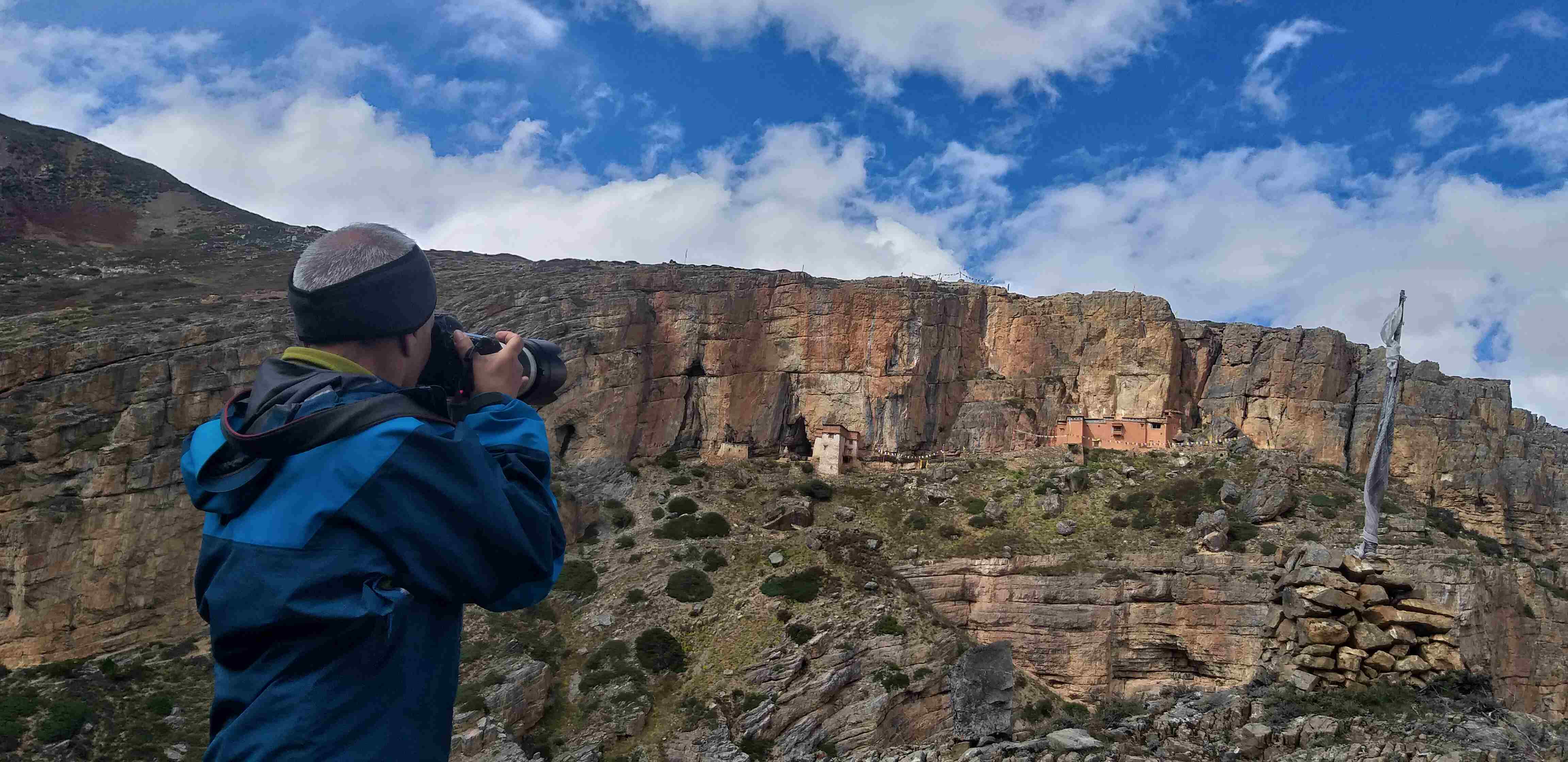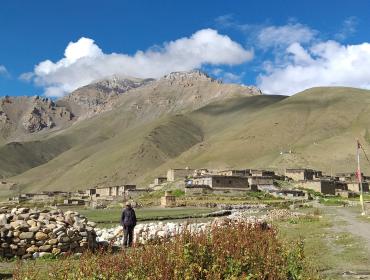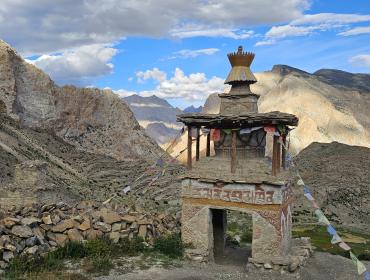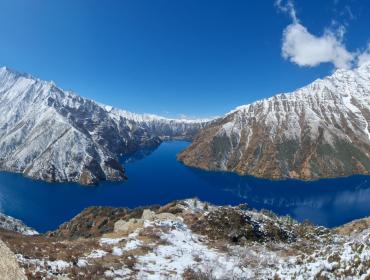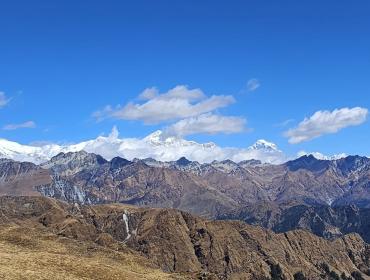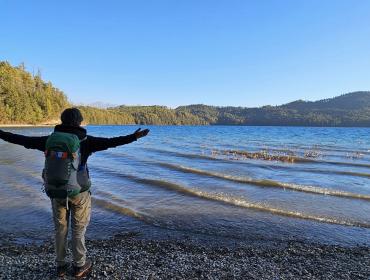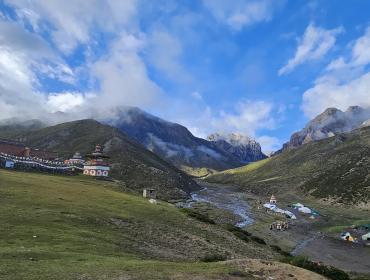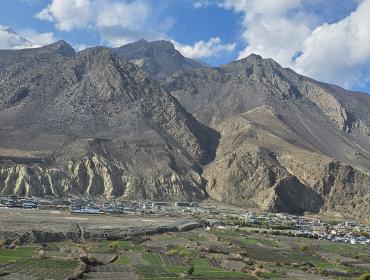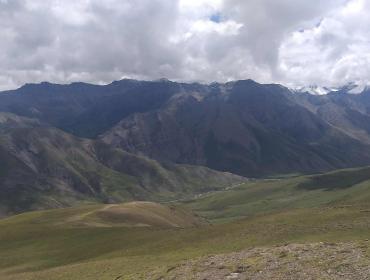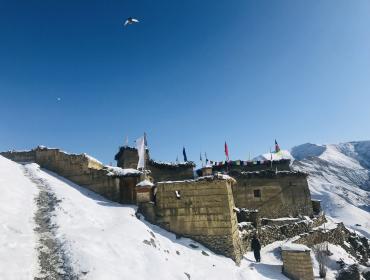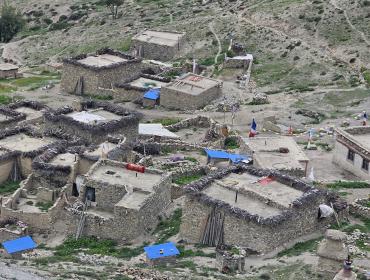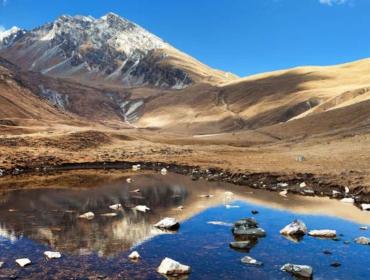Dolpo is geographically resided in North West Part of Nepal. Western Nepal and North-Western Nepal has been the area of country least explored by trekkers and mountaineers. Dolpo is not as famous as Everest region and Annapurna but It has its own spectacular features and beauties inside it. Dolpa is biggest administrative district in Nepal and connected with North to the Tibet ( Autonomous region China) and South to the India.
The Dolpo region is a remote and rugged area located in the northwestern part of Nepal, bordering Tibet. It is renowned for its stunning natural beauty, rich cultural heritage, and unique Tibetan Buddhist traditions. The region is characterized by high Himalayan peaks, deep valleys, pristine rivers, and ancient forests, making it a haven for adventurers, trekkers, and nature enthusiasts.
The most famous landmarks in the Dolpo region are Phoksundo Lake, Shey Gompa, Dho Tarap, Chharka Bhot and Bentshang valley. Shey Phoksundo National Park, encompassing the lake and surrounding areas, is a protected area teeming with diverse flora and fauna, including rare species such as the snow leopard and blue sheep.
The people of Dolpo are primarily of Tibetan descent and follow Tibetan Buddhism, which influences every aspect of their lives, from their spiritual practices to their cultural traditions. Traditional Tibetan monasteries, stupas, and prayer flags dot the landscape, adding to the region's mystical allure.
Life in Dolpo is characterized by a deep connection to the land, with subsistence agriculture, animal husbandry, and trade forming the backbone of the economy. Villages in Dolpo are often remote and isolated, accessible only by foot or air, and maintain a traditional way of life that has remained largely unchanged for centuries.
Despite its remoteness, the Dolpo region has gained international attention due to its portrayal in Peter Matthiessen's book "The Snow Leopard" and the subsequent film adaptation. This has led to increased interest from trekkers and travelers seeking to experience the untouched beauty and cultural richness of this hidden gem in the Himalayas.
